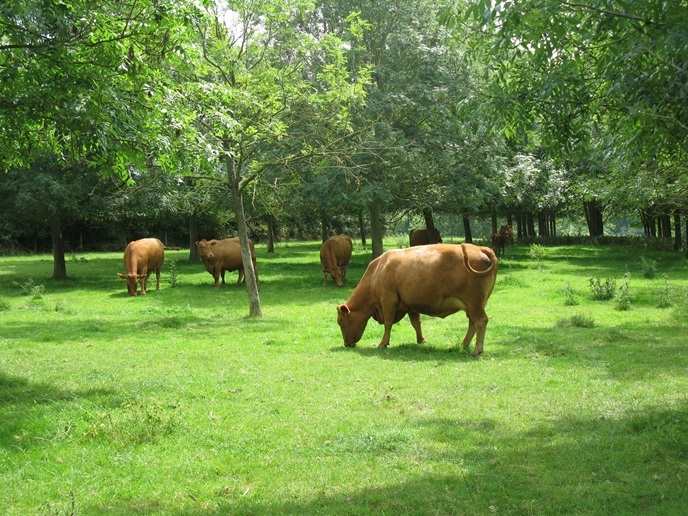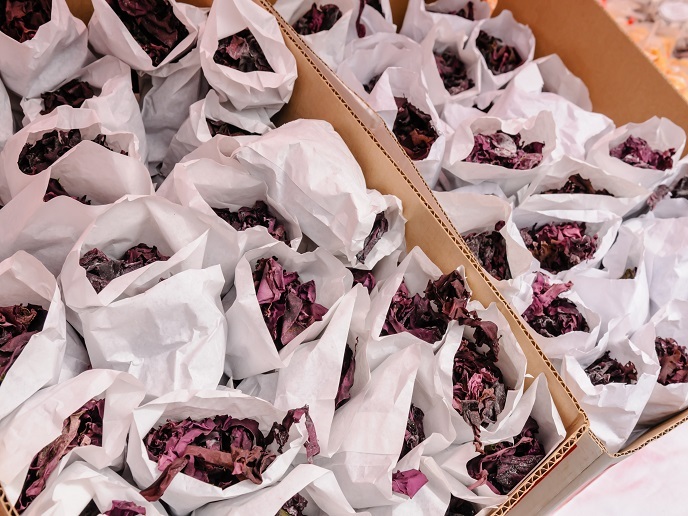Giving grassland farmers a chance to innovate
In 2014, grassland covered 16 % of the total land area in the EU and accounted for 40 % of the European agricultural area. In order to boost productivity, farmers need access to innovative solutions to the problems they face. But providing solutions for grassland farmers is hard to do. The Inno4Grass(opens in new window) project has been working with farmers to close the innovation gap. It aims to discover and give value to innovations for more productive grasslands through a better exchange of knowledge between practice and science. Grassland farming is dependent on local conditions to a far greater extent than arable land. So a solution which works for one farm may not work for another just 100 kilometres away, according to Arno Krause, general manager of the Centre for Grassland(opens in new window) in Lower Saxony, Germany and Inno4Grass project coordinator. “Researchers usually go for generic solutions, but a grassland farmer needs a very particular solution in his socio-economic context,” he says.
Society has expectations
While grassland farmers are interested in making their land grow the best fodder for their livestock, the rest of society may have other ideas. People value the traditional look of grassy meadows for recreational purposes. Grasslands, sometimes called ‘the rainforest of Europe’, are also important for biodiversity. If left unploughed, they can sequester significant amounts of carbon. “How can farmers cope with all these competing demands which make it so much more complicated than other domains of agriculture?” asks Krause. “It’s like an athlete being asked to do 10 things at once.”
Co-creating is the key
Inno4Grass has come up with a methodology whereby researchers and farmers work together to co-create solutions in situ, as a way of ensuring high uptake of these ideas. “When we show new practices, we bring a group of farmers together with researchers, possibly a dairy company and most importantly farm advisers. We discuss the innovation in a peer-to-peer process among the farmers, and determine whether to adopt the innovation or not,” says Krause. “If you just tell the farmer about the innovation, he will say, ‘thanks, I’ll be in touch’, but in this way you can bring the innovation closer to the farmer. Bringing people together works well – the farmers feel understood and the researchers are seeing real problems and learning with the farmers so they understand the context,” he says. This work, including 144 scientific and farm-based meetings, has helped produce 170 one-page farm portraits which present solutions in a format designed to appeal to time-poor farmers. They can then use the Inno4Grass network to contact the author of the idea, another farmer, to find out more. The information has been used to design a new syllabus for training farmers on best practice in grassland management. It is already being put to use in Ireland, the Netherlands and Sweden, with plans to translate it for use in German agricultural colleges. In June 2019, the most innovative farmers from the eight participating countries came to Hannover for a three-day event including an award ceremony, debates and a visit to a local farm. “This created a tremendous atmosphere – if you can tell the story of your brilliant idea onstage it really boosts your self-esteem,” says Krause







